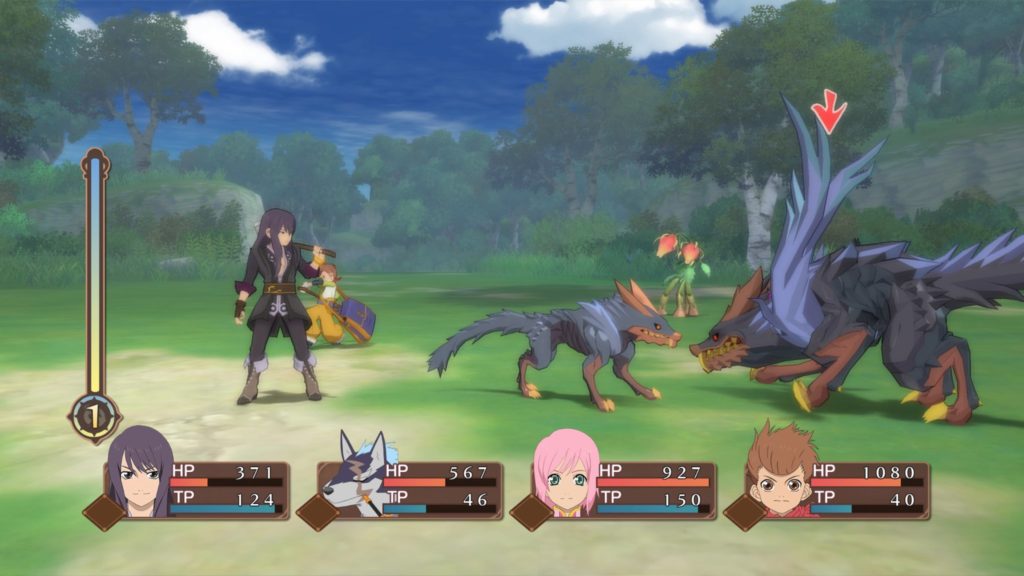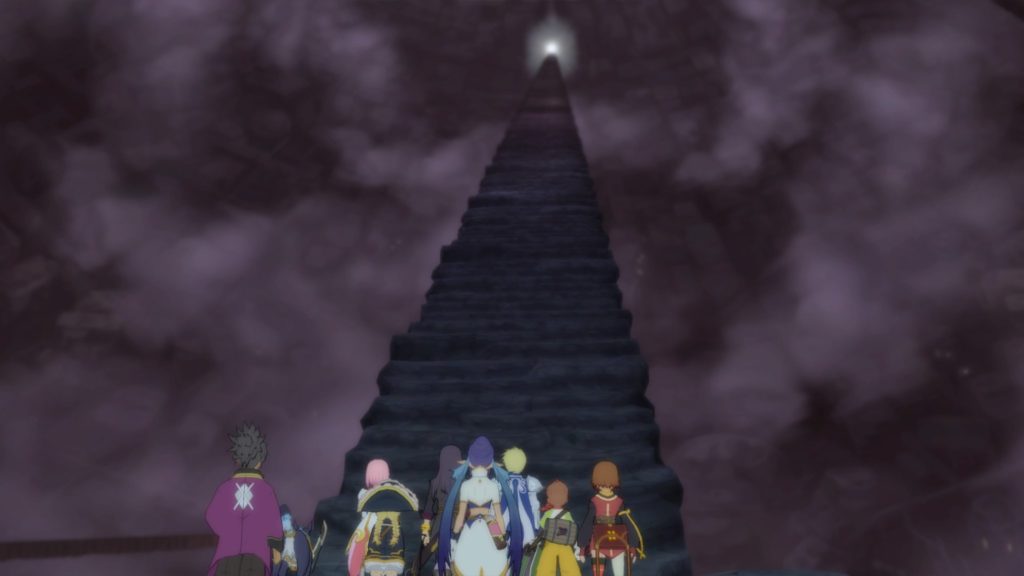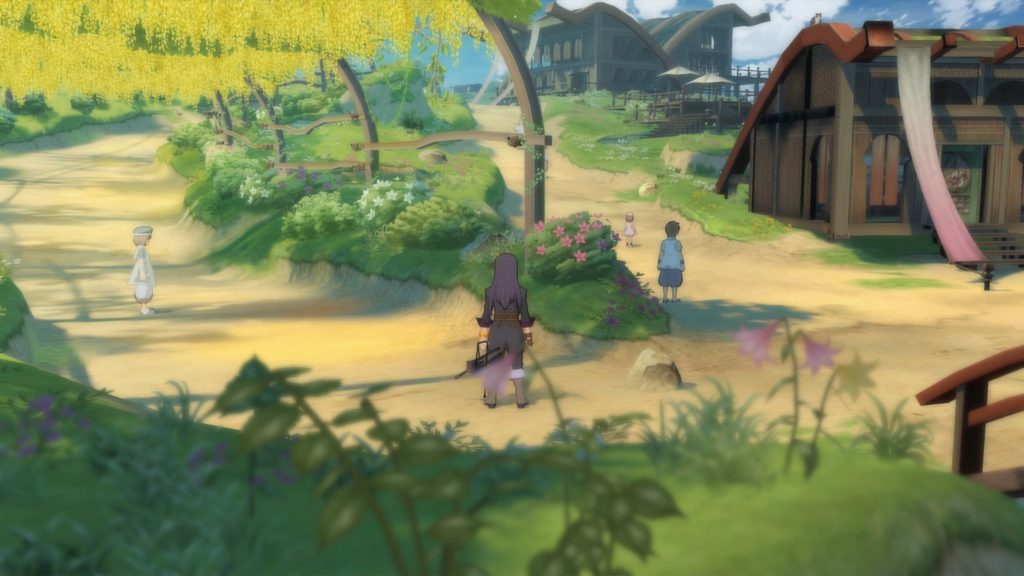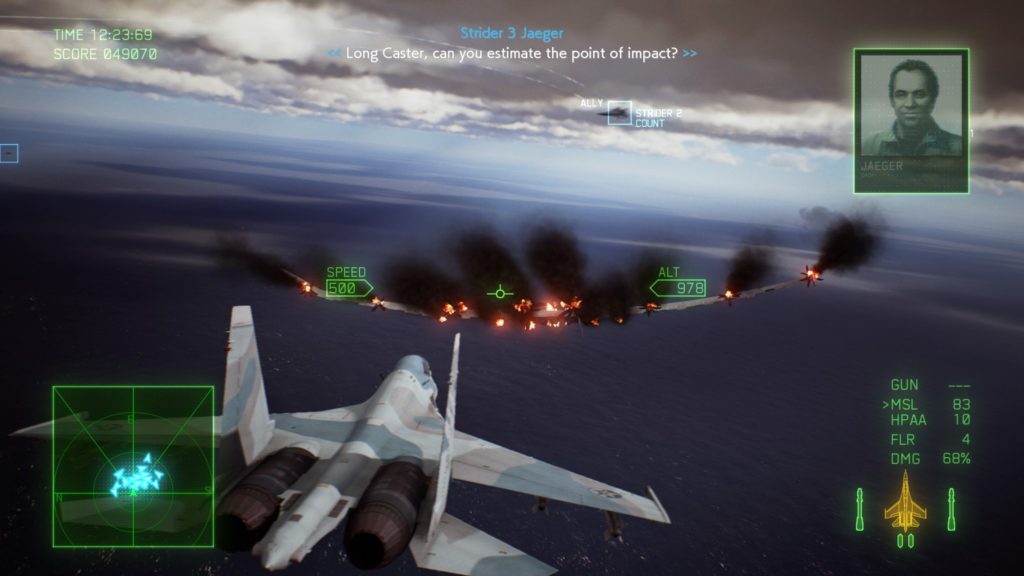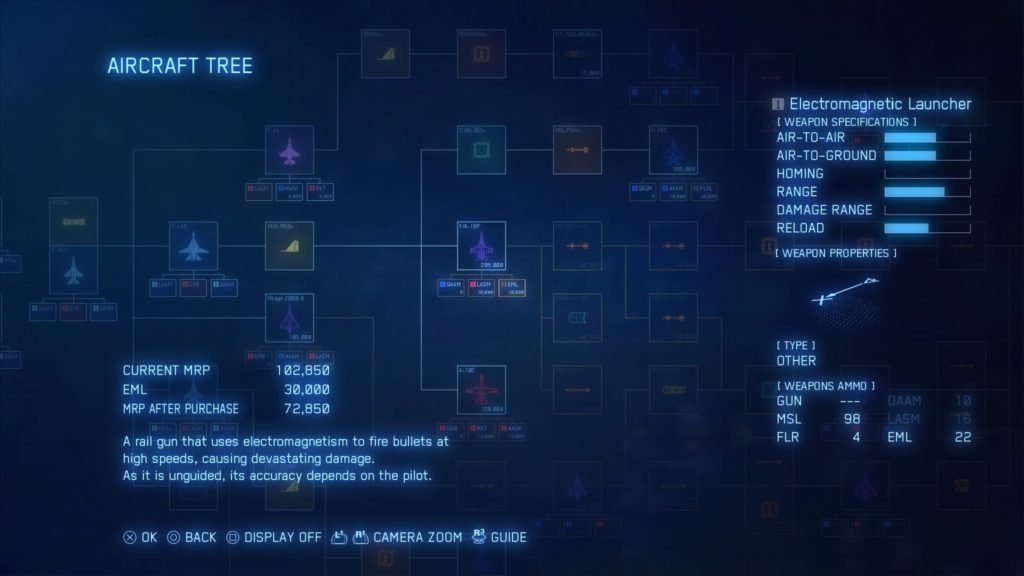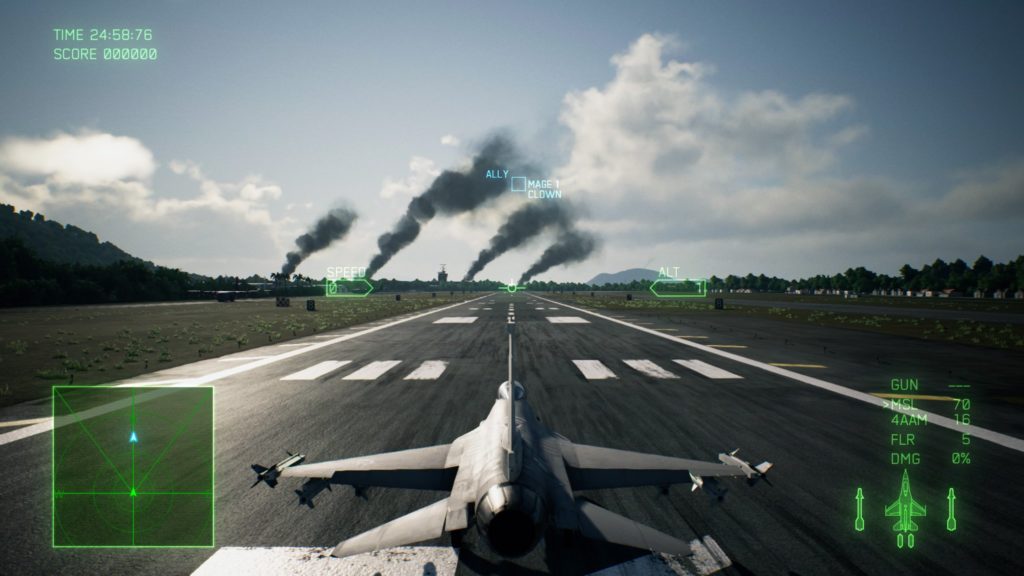- Genre: Puzzle/Platformer
- Platform: PS4
- Also Available On: Origin, Xbox One, Switch
TL;DR
- Mechanically fantastic puzzle platformer that works just as well in single player or co-op
- Not as big an emotional impact as the first game, but is mechanically far better as a game
It’s worth noting that I pretty much did a marathon of both the Unravel games in a few sittings. Where the first game was a solid puzzle platformer with a fantastic emotional arc straight out of Journey, the second was a much more laid back affair. However, it added a few mechanics that made it a much more solid game experience and added on a great implementation for couch co-op, so I decided that this one was the one I would ramble about. Really though, both are absolutely worth playing.
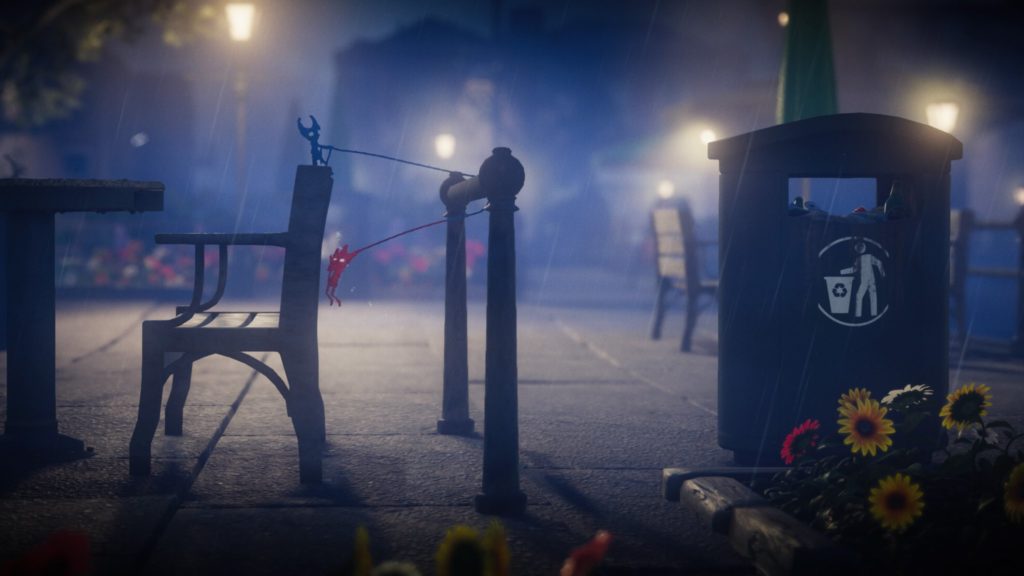
Unravel is entirely a game about yarn, it’s the core visual feature of the main characters, it represents the binding of the two background story characters, and it’s the core limitation that keeps the players from being separated throughout the game. Like the first game, it’s also the big core physics piece that allows most of the puzzles in the game to work. Where the first game gave you limited yarn between checkpoints, this game gives you limited yarn between the two characters, which is also why this game works so well whether in single player or co-op.
The big physics mechanic that you gain with the yarn is swinging. You can hook up to points in the world and swing from them. Like the screenshot above, you can also create points by wrapping your yarn around objects that block the yarn. However, the swinging in the sequel feels a bit less physically realistic, and the game is much better off for it. The first game was generally alright for swinging, but there were a number of points where it definitely felt like I was battling the physics engine for just the right swing. In the sequel, swings feel much more set on perfect arcs (although they definitely massage this visually), so my swings and especially my jump releases were far more accurate. This move away from super physics realism also extended to some core movement. Running was distinctly faster and jumps were more rigid, giving the game a much more distinctly typical platformer feel in practice. It was definitely to the benefit of the game for them to go this direction.
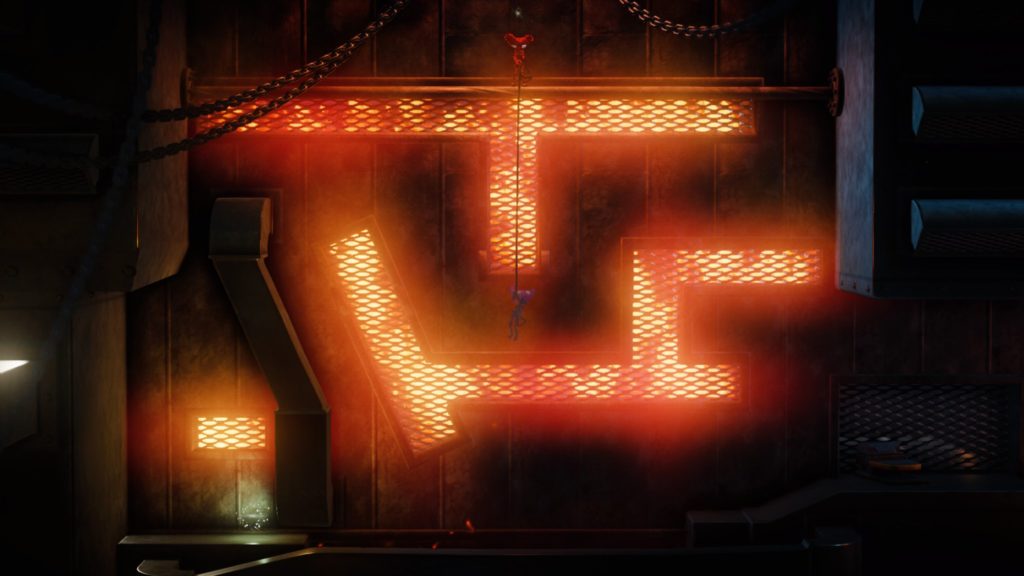
The yarn can also be used just to hang, and like the screenshot above this can be used for other sorts of maneuvering. Since the two characters are independent, one can hang and move around on the rope while the second player physically swings them along. It’s a clever use of the typical platformer moving rope mechanic in a way that the player has significantly more control over the result. Done in co-op, it also means that the two players work together in a way that gives great instant feedback to what they’re doing.
The other big game mechanic added for the sequel is wall jumping. It may sound weird for something so simple, but this tremendously improved the pace of the game. The first game had a lot of sections where there wasn’t really a whole lot going on between puzzles. By simply adding wall jumps, the design toolbox was allowed to expand in a way that encouraged more simply fun platforming set pieces between puzzle areas, so the overall fun factor of the entire game improved as a result.
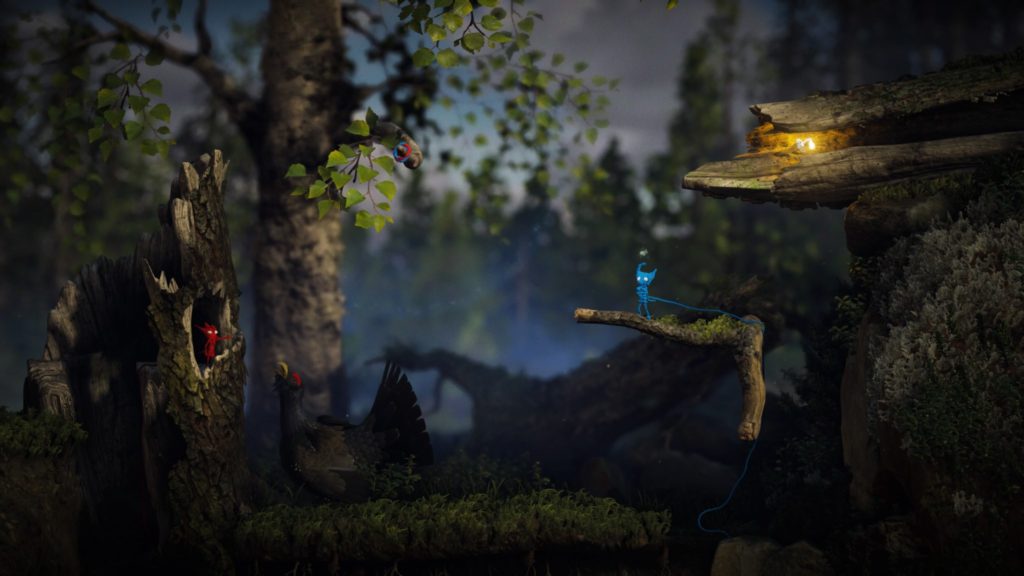
It’s also worth noting how literal the Two in the game title is. The entire game is playable in single player where the player switches between the two characters, or in co-op where each character is controlled separately. This co-op extends to the entire game, and the puzzles really take advantage of this. The screenshot above is a pretty simple example, where the players take turns distracting the bird to move to the end of the puzzle. However, these extend to areas where the co-op players activate weights to move set pieces around, to puzzles where the players have to heavily use the yarn rope physics to swing themselves to the right spots and help each other up, and more. This is as good of a couch co-op experience as I’ve ever seen in a platformer, and unlike New Super Mario Bros U, this is definitely designed to make co-op fun instead of frustrating.
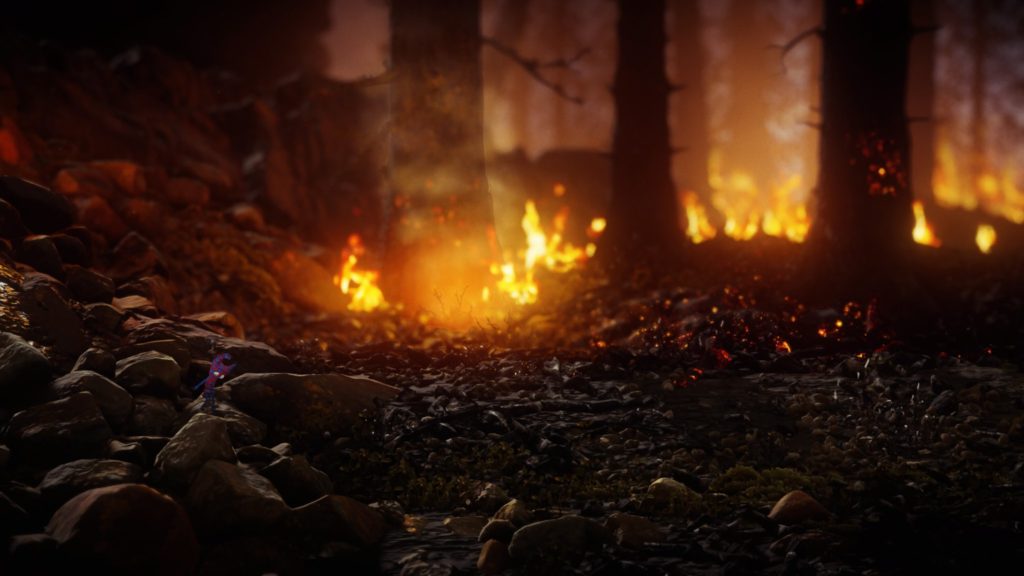
The two Unravel games are pretty damn special. The first is an emotional gut punch that follows a similar arc to Journey, and in doing so gives a really strong puzzle/platformer game. The second makes the game mechanically far better, and at the same time adds one of the best platformer co-op experiences I’ve ever seen. This is on top of great visuals, great audio, and a phenomenal soundtrack backing it all up. These two games have been pretty easy to miss, especially on PC where they’re relegated to Origin, but it’s absolutely worth putting in the effort to seek these out, especially the sequel.


